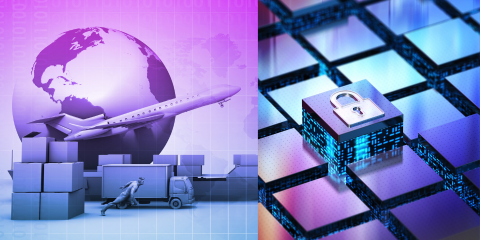Topics: PlanetTogether, supply chain, IoT, cybersecurity, cybersecurity risk, Digital Transformation

As organizations become increasingly interconnected and rely on extended supply chains, the need to effectively manage supply chain risks becomes crucial. Failure to adequately address these risks can leave businesses vulnerable to cyberattacks and severe disruptions. In this blog, we will explore the concept of supply chain risk management, the common risks it introduces, and provide five actionable steps to implement a worry-free supply chain risk management strategy.
Supply Chain Risk Management
Supply chain management involves overseeing the flow of goods and services between a company and its suppliers. While supply chains offer competitive advantages, they also expose organizations to various risks, including quality, safety, business continuity, reputation, and cybersecurity risks.
Understanding Cyber Risks in Supply Chain Management
Cyber risk has emerged as a significant concern within supply chains. The increasing digitization and reliance on technologies like the Internet of Things (IoT) and Industrial Internet of Things (IIoT) introduce new cybersecurity threats such as malware, ransomware, phishing, and hacking. The three most common cyber risks impacting organizations along the supply chain are data breaches, cybersecurity breaches, and malware and ransomware attacks.
Supply Chain Risk Management Strategies
To protect organizations from cyber risks within the supply chain, implementing effective supply chain risk management strategies is crucial. Here are actionable steps to strengthen cybersecurity defenses:
Supply chain risk management is critical for protecting organizations from cyber risks. By understanding the types of risks, implementing effective strategies, and fostering a proactive approach, businesses can mitigate vulnerabilities, enhance cybersecurity defenses, and ensure the continuity.
Topics: PlanetTogether, supply chain, IoT, cybersecurity, cybersecurity risk, Digital Transformation
0 Comments
No video selected
Select a video type in the sidebar.







LEAVE A COMMENT